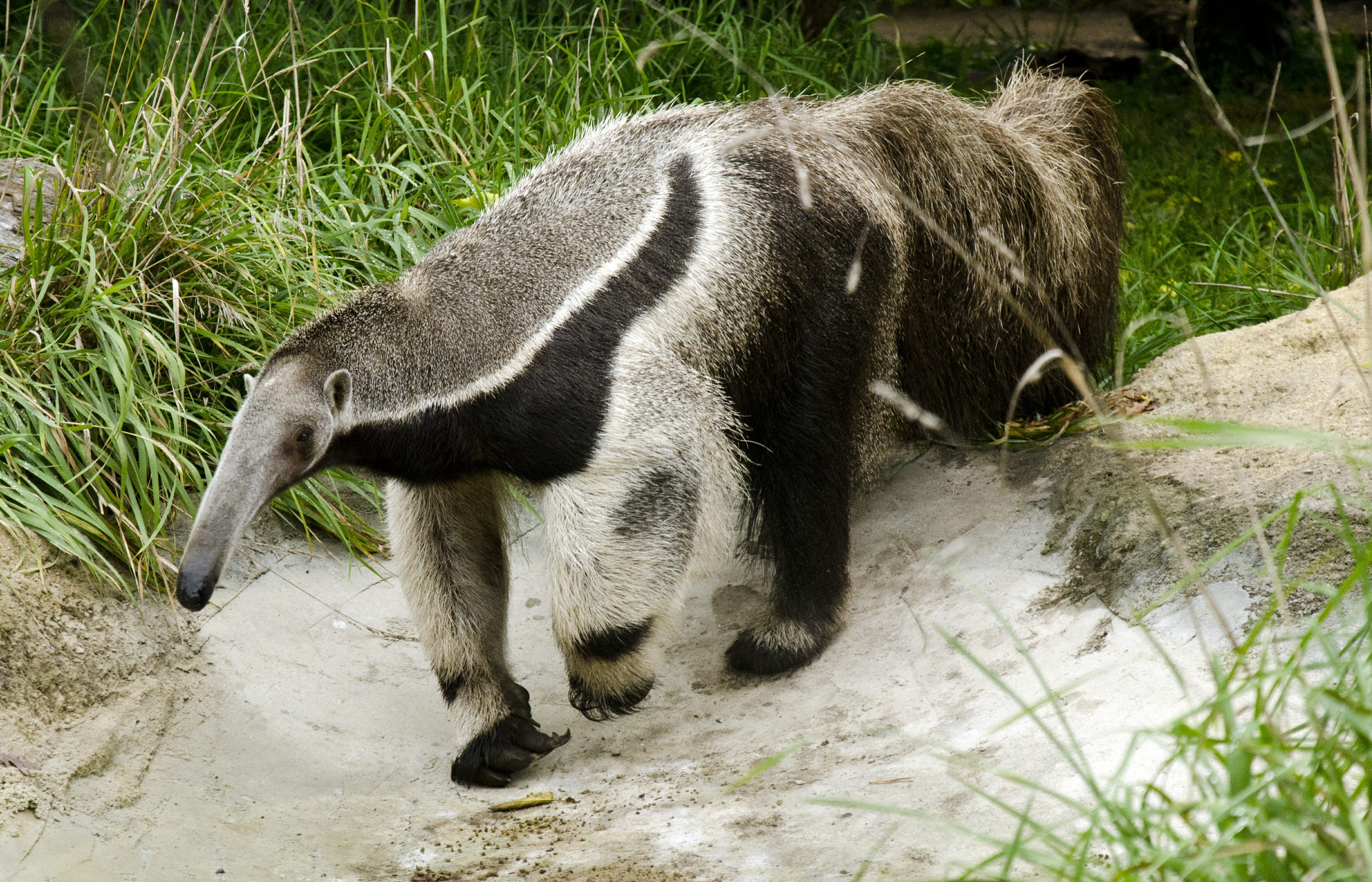
To add to your animal facts: the giant anteater has the lowest body temperature of any mammal: 32.7° C (90.86 ° F).

To get their prey, they use their front claws to rip into anthills or termite mounds and vacuum up as many bugs as possible. Its snout isn’t only adept at getting to ants or termites, but also doubles as a snorkel when swimming.Īnd for those of you who want to be that annoying person who spouts animal facts? Giant anteaters consume up to 35,000 ants and termites per day, and according to National Geographic they can flick their tongues up to 160 times per minute. Regardless, the giant anteater can move at a slightly-clumsy gallop when necessary, to flee prey. Instead, the giant anteater shuffles on its knuckles, protecting those long claws from being dulled by forest wanders. Its gait is unique because it doesn’t walk on its feet. The giant anteater’s hair is straw-like in feel, especially on its long tail, which the animal uses as a blanket or parasol depending on weather. Unlike the other two anteater species, this one forages on the ground instead of trees. It is characterized by a diagonal black-and-white shoulder stripe. The largest of the anteaters, the giant anteater can grow up to 2m (6.5 ft) long. Wonderfully, they are also known as “ant bears.” Starting big: giant anteaters ( myrmecophaga tridactyla) The animals are generally quite solitary, with one child per year (and only one at a time), often riding on its mother’s back for its first six months on Earth while she roams the forest or treetops in search of food.

Consequently, they use their sense of smell to find their food, homing in on termite mounds, anthills, or insect nests located in the treetops of the Amazon. Not inaccurate.Īnteaters lack not only teeth, but also good eyesight. The anteater is part of the vermilingua suborder of mammals, which translates to worm tongue. Instead, they use their long (OK, I’ll say it) slightly creepy tongues to catch bugs from the ground. My neighbours even know how many ants an anteater eats per day, because I am now that annoying person who shares animal facts at odd intervals during conversations.Įach of Peru’s anteater species has a set of powerful curved front claws, but is an edentate animal: none have teeth. I should note that it was very difficult to write this piece, mostly because I spent an inordinate amount of time sending pictures of anteaters to friends.

We’re starting big and moving to pygmy-sized. I’ve divided this blog post into each type of anteater. Three adorable animals with long snouts, short legs, and round bodies - and you’ll want to hug them all. Because there isn’t just one type of anteater in Peru, there are three.


 0 kommentar(er)
0 kommentar(er)
